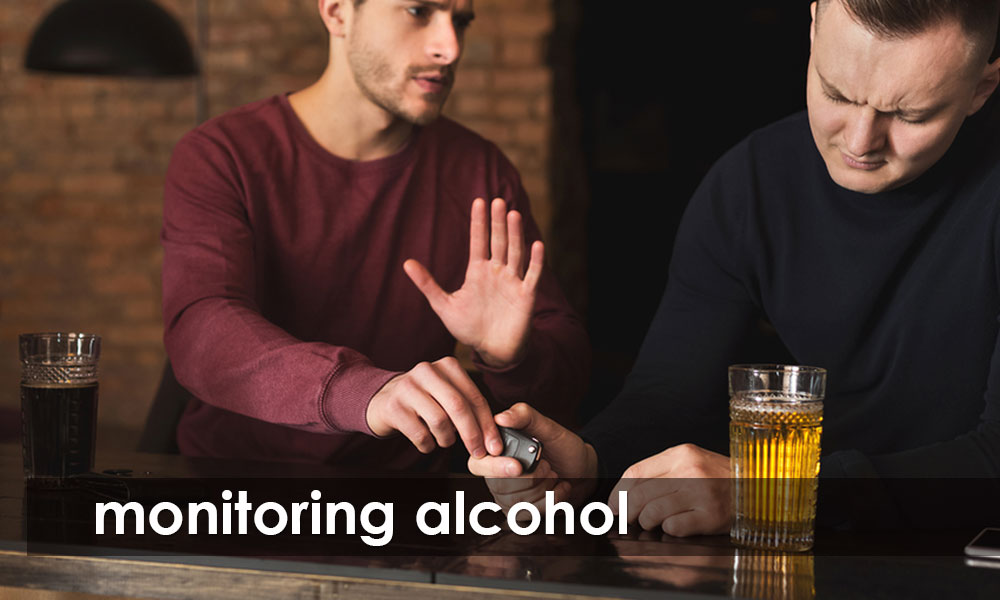 The opioid crisis continues to devastate communities across Canada and beyond, with recent research highlighting alarming treatment retention failures that underscore why prevention must be our primary defence. A comprehensive study examining opioid agonist therapy amongst First Nations people in Ontario reveals shocking statistics that every family, educator, and community leader must understand.
The opioid crisis continues to devastate communities across Canada and beyond, with recent research highlighting alarming treatment retention failures that underscore why prevention must be our primary defence. A comprehensive study examining opioid agonist therapy amongst First Nations people in Ontario reveals shocking statistics that every family, educator, and community leader must understand.
The Stark Reality of Opioid Addiction Treatment
New research tracking nearly 18,000 treatment episodes reveals a disturbing truth: prevention is worth a pound of cure when it comes to opioid addiction. The study found that:
- Half of all individuals discontinued their life-saving medication within just 42-71 days
- Over 70% of people failed to maintain treatment for a full year
- Treatment success rates have actually declined over time
These statistics aren’t just numbers—they represent thousands of lives disrupted, families torn apart, and communities struggling with addiction’s devastating impact.
Why Opioid Addiction Prevention Must Be Our Priority
The research demonstrates that even with the best medical interventions available, maintaining recovery from opioid addiction remains extraordinarily challenging. This reality makes opioid addiction prevention absolutely crucial for protecting our young people and communities.
The Treatment Retention Crisis
The study revealed several factors that made treatment failure more likely:
- Living with multiple health conditions
- Previous exposure to opioids
- Social isolation and lack of community support
- Geographic barriers to accessing ongoing care
These findings highlight how complex opioid addiction becomes once established, reinforcing why we must focus our efforts on stopping addiction before it starts.
Building Strong Opioid Addiction Prevention Strategies
Effective prevention requires understanding the pathways that lead to opioid addiction and implementing comprehensive strategies to block them:
Education and Awareness
- Comprehensive drug education programmes in schools
- Community awareness campaigns about prescription opioid risks
- Training for healthcare providers on responsible prescribing practices
Community-Based Prevention
- Youth engagement programmes that provide positive alternatives
- Family support networks that identify risk factors early
- Workplace education about opioid misuse dangers
Policy and Environmental Changes
- Stricter controls on opioid prescribing and monitoring
- Enhanced security measures for prescription medications
- Community policies that reduce access to illegal opioids
The Economic and Social Case for Prevention:
The research findings make a compelling economic argument for investing in opioid addiction prevention rather than treatment alone. When treatment success rates remain disappointingly low despite significant healthcare investment, prevention becomes not just morally imperative but financially prudent.
Communities that invest in robust prevention programmes see:
- Reduced healthcare costs over time
- Lower crime rates associated with drug-seeking behaviour
- Stronger family units and social cohesion
- Better educational and employment outcomes for young people
A Prevention-First Approach:
The sobering treatment retention statistics from this research should serve as a wake-up call for policymakers, educators, and community leaders. We cannot afford to wait until addiction has taken hold—we must act decisively to prevent it.
Prevention is worth a pound of cure, and when it comes to opioid addiction, this couldn’t be more true. Every young person we protect from initial opioid exposure is a life potentially saved from the devastating cycle of addiction and treatment failure.
The time for action is now. We must strengthen our prevention efforts, support our communities, and ensure that prevention remains our primary defence against the ongoing opioid crisis.
(Source: JAMA Network)

 The Melbourne injecting room has come under sharp criticism following revelations of astonishing overdose rates. Over an 18-month period after the facility’s opening in July 2018, startling statistics showed 23.5 overdoses per 1,000 heroin injections at the MSIR facility, a figure that eclipsed comparable street overdose statistics of just 0.23 per 1,000 injections. This equates to overdose rates within the Melbourne injecting room being 102 times higher than street use figures—a discrepancy that has sparked widespread controversy.
The Melbourne injecting room has come under sharp criticism following revelations of astonishing overdose rates. Over an 18-month period after the facility’s opening in July 2018, startling statistics showed 23.5 overdoses per 1,000 heroin injections at the MSIR facility, a figure that eclipsed comparable street overdose statistics of just 0.23 per 1,000 injections. This equates to overdose rates within the Melbourne injecting room being 102 times higher than street use figures—a discrepancy that has sparked widespread controversy. Overdose Interventions and Broader Outcomes
Overdose Interventions and Broader Outcomes Calls for an
Calls for an 








